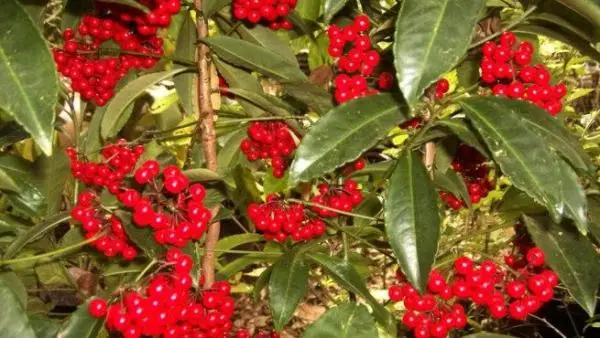The capulín plant is one of the 400 species of trees and shrubs that belong to the Ardisia genus, in turn belonging to the Mirsinaceae family. Some of its best known species with the ardisia crispa, ardisia crenata, ardisia mangillo, ardisia martinensis or ardisia revoluta. They originate from Southeast Asia, but with the right environmental conditions, they can be grown anywhere in the world.
Main cares of the capulín shrub
Here we discover how you can take care of a capulín shrub and get a plant in perfect condition:
- Location : the most common is to use it as an indoor plant in a pot, but during the summer it is best to take it outside. Choose a shady place so that it does not receive the sun’s rays directly.
- Temperature : the most suitable thing is that it is between 15-25ºC, and under no circumstances can it be at temperatures below 10ºC since it would not support it.
- Soil : it must be clayey and have at least a part of peat.
- Transplant : the best time to do this is during the spring or fall.
- Watering : in summer it has to be abundant since it needs humidity, and it is even good to spray the leaves so that they are moist. Even so, be very careful with flooding, especially the rest of the year that does not consume so much water.
- Pruning : it must be done thoroughly in spring to reinforce its growth.
- Compost : use a mineral fertilizer every 15 days from the beginning of spring to mid-summer.
- Multiplication : it is done by seeds in spring or by cuttings in summer.

Characteristics of this plant
The one known as capulín is officially called ardisia crenata and it is a shrub that has a very slow growth but can reach a meter and a half in height. Its leaves are long, narrow and have serrated edges, while its flowers are white and are produced in clusters in late summer.
Before the flowers come the fruits, which are red and berry-shaped.

